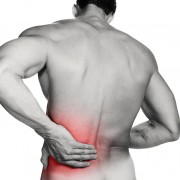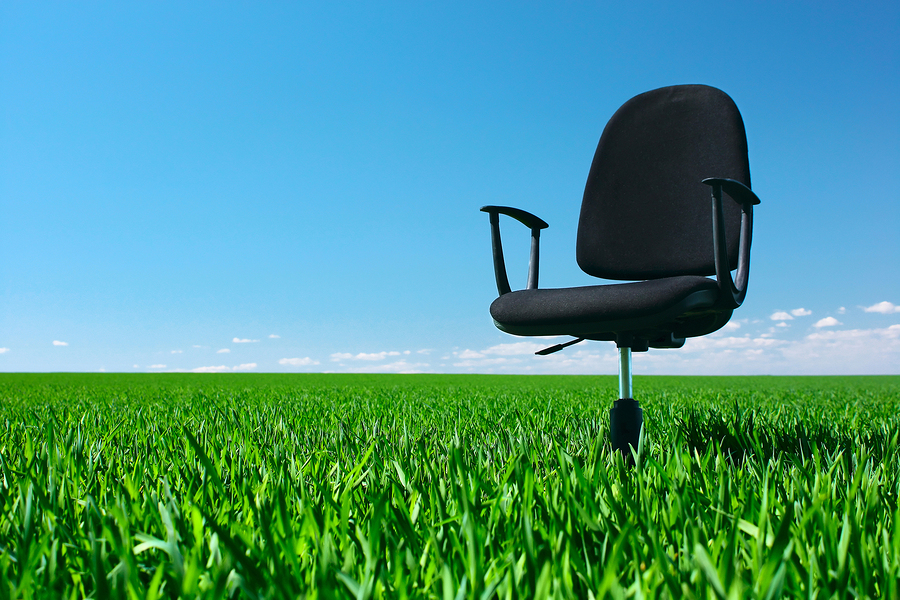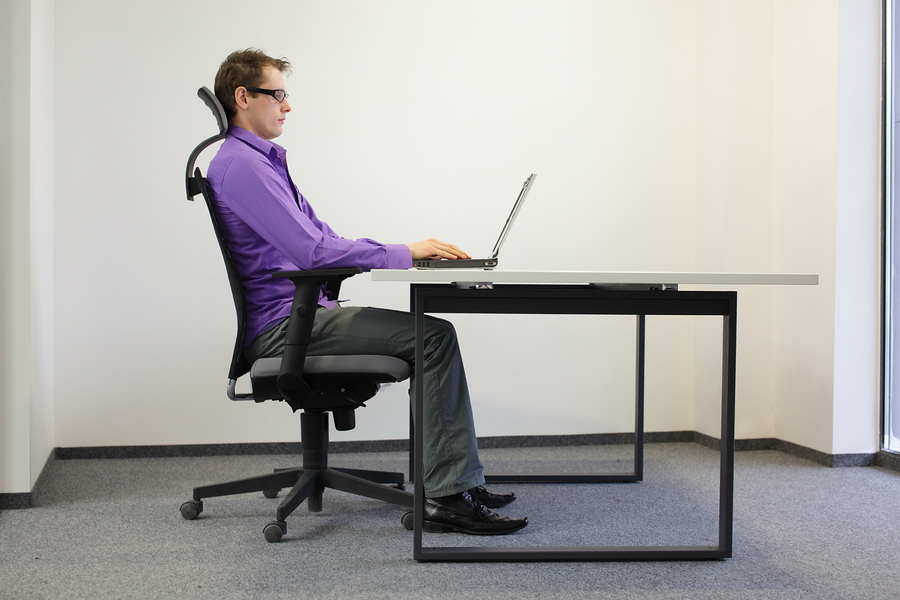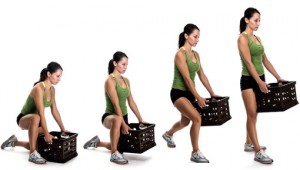Overcoming Lower Back Pain with Chiropractic
According to the American Chiropractic Association, “31 million Americans experience low-back pain at any given time.” This pain can have any number of causes ranging from arthritis to a ruptured disk to an injury. After suffering from a back injury, the pain may soon disappear completely for some, while for others it lingers long after the injury and becomes chronic.
Chronic low back pain can significantly hinder the ability to perform physical activities, which can be particularly troubling for athletes whose careers are dependent on being in top physical condition.
In addition to the pain, a lower back injury also commonly results in muscle weakness. With a proper chiropractic treatment plan, the weakened muscles can be strengthened and therefore help the patient overcome the pain and get back to feeling 100%. If you’re wondering why you should choose this form of treatment, chiropractors are specially trained to locate the source of your pain. Not only is spinal manipulation safe, it can also help reduce the necessity for pain medication while providing additional health benefits such as improving posture and reducing stress.
Aside from spinal manipulation, your chiropractor may also recommend a treatment plan that involves stretching exercises that can be performed at home to help ease the back pain in between appointments.
Remember that it’s important not to wait for your lower back pain to become unbearable before seeking treatment- the problem can more easily be treated the sooner you do something about it. Call (619) 818-4306 to schedule an appointment with Pro Form today!






 In actuality, sitting with picture-perfect posture for long periods of time can actually lead to more discomfort, as it is extremely fatiguing. It can also lead to joint-pain and muscle strain because the torso is placing constant pressure on the lower disks in your back. Even in the ergonomically correct position, your arms and hands can still incur injuries. Any time you are sitting or standing in a static position, you increase the risk of prolonged physical conditions. To avoid any injuries at your workstation, try alternating between sitting and standing while working. Choose dynamic positions that will increase blood flow and alleviate stiff muscles. Also, include small rest breaks and stretch frequently to help avoid injuries.
In actuality, sitting with picture-perfect posture for long periods of time can actually lead to more discomfort, as it is extremely fatiguing. It can also lead to joint-pain and muscle strain because the torso is placing constant pressure on the lower disks in your back. Even in the ergonomically correct position, your arms and hands can still incur injuries. Any time you are sitting or standing in a static position, you increase the risk of prolonged physical conditions. To avoid any injuries at your workstation, try alternating between sitting and standing while working. Choose dynamic positions that will increase blood flow and alleviate stiff muscles. Also, include small rest breaks and stretch frequently to help avoid injuries.
 The key to choosing the right chair is the ability to adjust the seat depth, height, and tilt. Choose a seat depth that supports your hips and legs, and look for a chair with sliding seat options. There should be a 1-2” space between the back of your knees and the front of the seat. The height of the chair needs to adjust according to your height. Your feet should be flat on the ground when your hips are pushed to the back of the seat, and you should be able to tilt the chair back to recline or sit upright. A reclining mechanism can also help with increasing movement while working.
The key to choosing the right chair is the ability to adjust the seat depth, height, and tilt. Choose a seat depth that supports your hips and legs, and look for a chair with sliding seat options. There should be a 1-2” space between the back of your knees and the front of the seat. The height of the chair needs to adjust according to your height. Your feet should be flat on the ground when your hips are pushed to the back of the seat, and you should be able to tilt the chair back to recline or sit upright. A reclining mechanism can also help with increasing movement while working.










